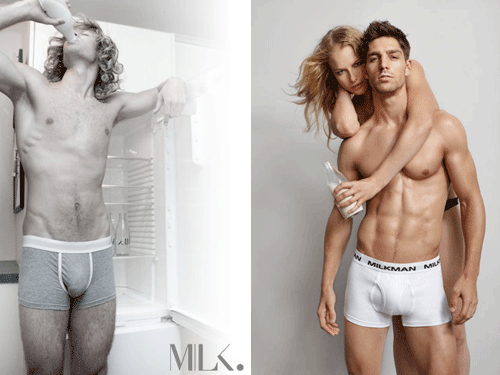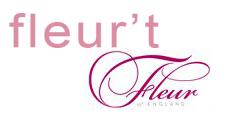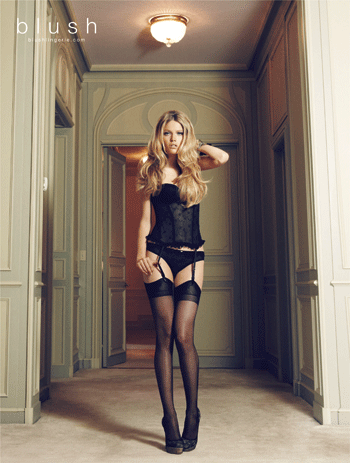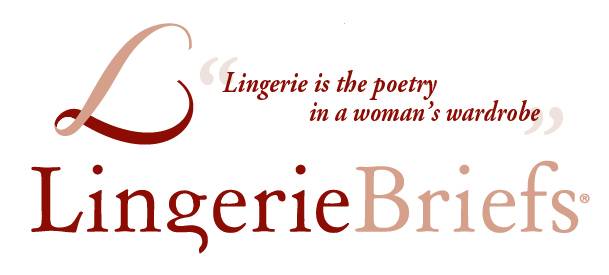What’s In A Name?
For Lingerie Brands, It Might Be Confusion
by Richard Vincente ~
A not-so-funny thing happened last year when HOTmilk, the trendy New Zealand maternity label, was getting ready to launch its new men’s underwear brand, Milkman: someone beat them to market with a similar product, brand name and edgy sales pitch.

To make matters worse, the interloper was another Kiwi label, an upstart indie called Milk Underwear. Their debut just a few months ahead of Milkman‘s long-planned launch was possibly just coincidence and bad timing, but HOTmilk still claimed trademark infringement. Milk at first backed down and announced on its website (without mentioning the dispute with HOTmilk) that it would be starting over and re-branding under a new name.
But the truce was short-lived. Instead of dropping its name, Milk Underwear simply packed up and moved its operations to the U.S. where it is thriving today — and competing against Milkman in the international men’s market. Consumers might have a hard time telling the difference between the two labels: after all, there’s only so much you can do with men’s boxers, and only so many “milk” puns to go around.
Such are the perils of finding — and protecting — a good name in the undergarments industry, where brands and retailers are constantly bumping into each other with copycat, soundalike and overlapping names.
One reason for this bizarre state of affairs is that there is a relatively small cluster of common words that trigger the kind of Pavlovian consumer approval that brands crave, and so they’re recycled endlessly. If you’re thinking of launching a new label or style that uses some variation of rose, skin, flirt, body, love, angel or silk, you’ll join a huge crowd of similarly-named products.
Another reason involves market territory and product segregation, which can prevent similar-sounding brands from tripping over each other. You can buy a Hope bra in Rio or a Hopeless one in Sydney, but you probably won’t find them both in the same boutique anywhere in the world. You might prefer Polish brand Ewa Bien over U.S. label Va Bien, but luckily the two don’t go head-to-head in the same market.
However, in the new online retail environment, which gives regional brands broad access to an international marketplace, the risk of confusing customers — and infringing on a competitor’s trademark — is suddenly much higher.
In 2009, the British luxury silks brand Fleur’T, then 8 years old, began the costly and laborious process of rebranding itself under a new banner, Fleur of England. It didn’t matter that the company was named after its founder, Fleur Turner; its original name encroached on the U.S. lacey basics brand Fleur’t Lingerie, which predated Fleur’T by a couple of years. (Still, that precedent didn’t stop another UK label, Curvy Kate, from introducing a “Fleurty” range in its 2012 collection!)
As brands become more universally accessible, the overlap of names in the lingerie industry can leave label-conscious customers scratching their heads. What was the name of that brand your wife said she wanted for Valentine’s Day? Was it Rosy or Roxy or Roza or Rosa Cha or Rosapois or Rosamosario? Maybe you’d be safer with something from Lonely Hearts … or was it Only Hearts? Or how about a nice gift box bearing the unmistakable insignia of Baci or Bracli or Bali?
I could go on, but you get the point.
It doesn’t help that many lingerie brand names have multiple meanings, uses or connotations that the general public doesn’t immediately associate with slinky underthings.
Dirty Pretty Things is the name of an edgy UK lingerie brand; but it’s also an Australian retailer, a punk rock band, a movie, a novel and lots more, all unrelated to each other. U.S. label Between The Sheets Lingerie prefers to call itself BTS, partly because of the preponderance of other products using the same name, including a luxury linen store, a curling club and any number of X-rated enterprises.
Similarly, Samantha Chang is either a New York lingerie designer, a renowned classical flutist or an American novelist, depending on whom you ask. Agent Provocateur is a movie, as is Princesse Tam Tam, The Loved One and My Fair Lady — although the latter lingerie label changed its name last year to Artemis South as a way of creating a distinctive signature.
Even the venerable Aubade is known as a luxury French lingerie brand to everyone — except English Lit students, who recognize it as the title of a Philip Larkin poem (“I work all day, and get half-drunk at night”) that is perfect for undergrads but probably unsuitable as a lingerie slogan.

And having a memorable brand name is no guarantee that a lingerie company can avoid confusion among its customers — or predatory usurpers. Take the elegant Montreal-based label Blush, for example. The family-owned company has been using that classic, richly evocative moniker for decades, yet they’re constantly encountering new stores, websites or fashion brands that try to swipe their trademarked name.
“For us, it’s been something that’s ongoing, and it’s illegal” Blush VP Tiffany Ajmo told me. “Image is so important for us as a company direction. We can’t allow that.”
Blush takes on name-stealers on a case-by-case basis. But the company found itself on the other end of the name game when, after extensive research and planning, it decided to expand into the European market two years ago. Problem was, Europe already had the German label Blush Berlin, a designer-retailer who owned the right to use the name in most parts of western Europe. (Ironically, Blush could trade in Russia, but the Russian pronunciation of the word was too un-sexy to make it viable as a lingerie brand.)
Rather than try to negotiate territorial rights or provoke a costly court fight, the Canadian Blush came up with a smart idea — twinning their brand by creating a new label, for the European market only, under a catchy new name, Suite B. The new name, Tiffany said, “is sexy and mysterious, suggesting a bedroom suite or hotel room. It’s been really well-liked.”
Suite B is identical in almost every way to the parent brand (even their websites are copies), but Blush has been careful to segregate the two labels depending on where they’re trading. The company set up a German distribution warehouse and has already found retail partners in Austria, Belgium, The Netherlands and Germany. Next week, they’ll showcase the year-old Suite B to agents and retailers at the Salon Internationale de Lingerie exposition in Paris.
“At first it was a bit of a struggle for us,” Tiffany said. “We had a hard time parting with the Blush name because we’re so attached to it. But we feel like it’s been for the best. Now it’s almost like we are two worlds in one.”
Of course, some shoppers really don’t care what’s on the label or how closely brand names might resemble each other. Diehard fashionistas, though, take label names very seriously.
We had a revealing glimpse into that mindset last year, during a rare comical moment in the John Galliano racism trial in Paris. A prosecutor asked a witness to describe events at the La Perle café where Galliano’s notorious outburst occurred — except he called it “La Perla” by mistake.
“Excuse me,” the witness replied in mock-horror. “That’s haute couture!”
Read Richard Vincente’s report on the 2012 collection from Blush Lingerie on Lingerie Talk today.


For a brand guy like me, this story resonates.